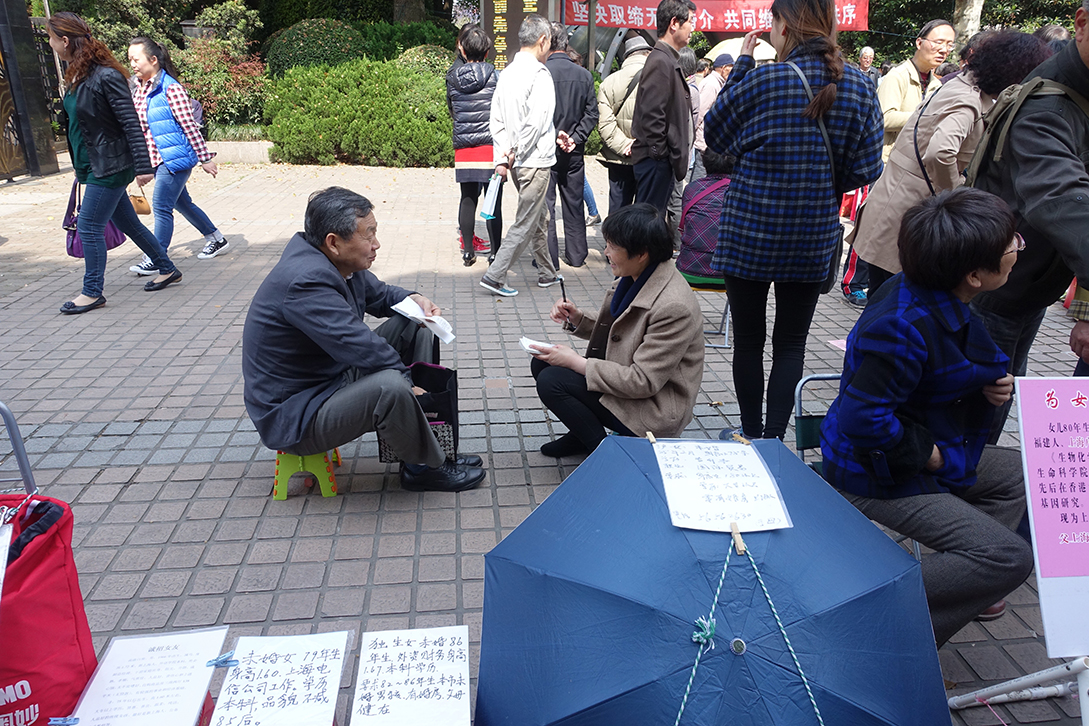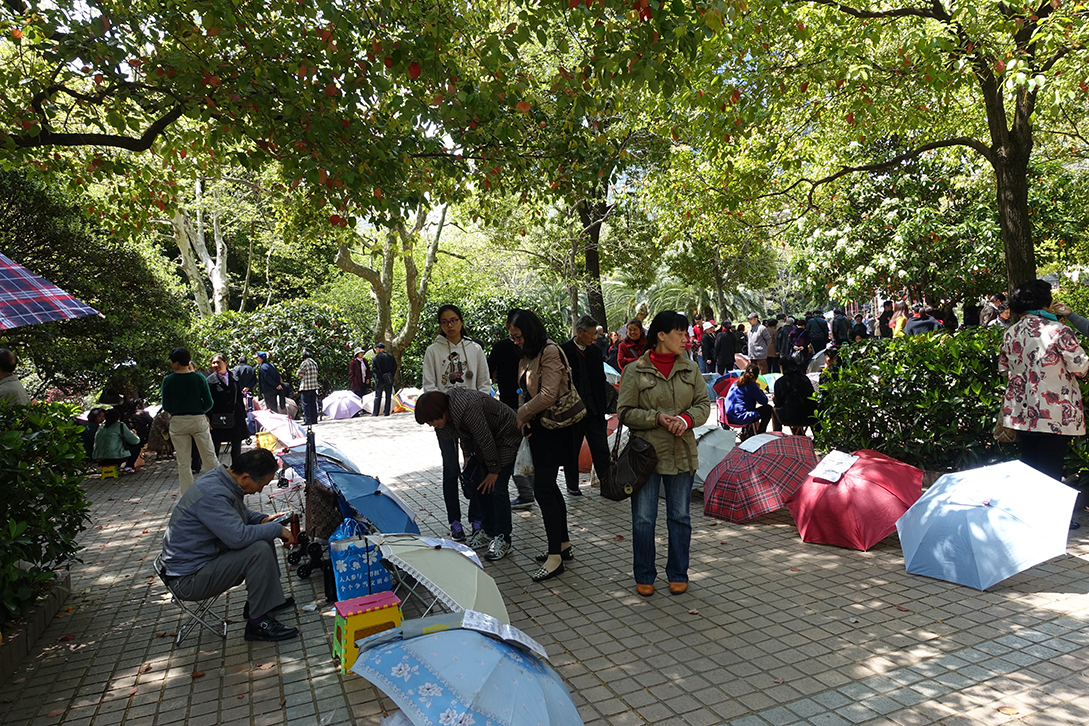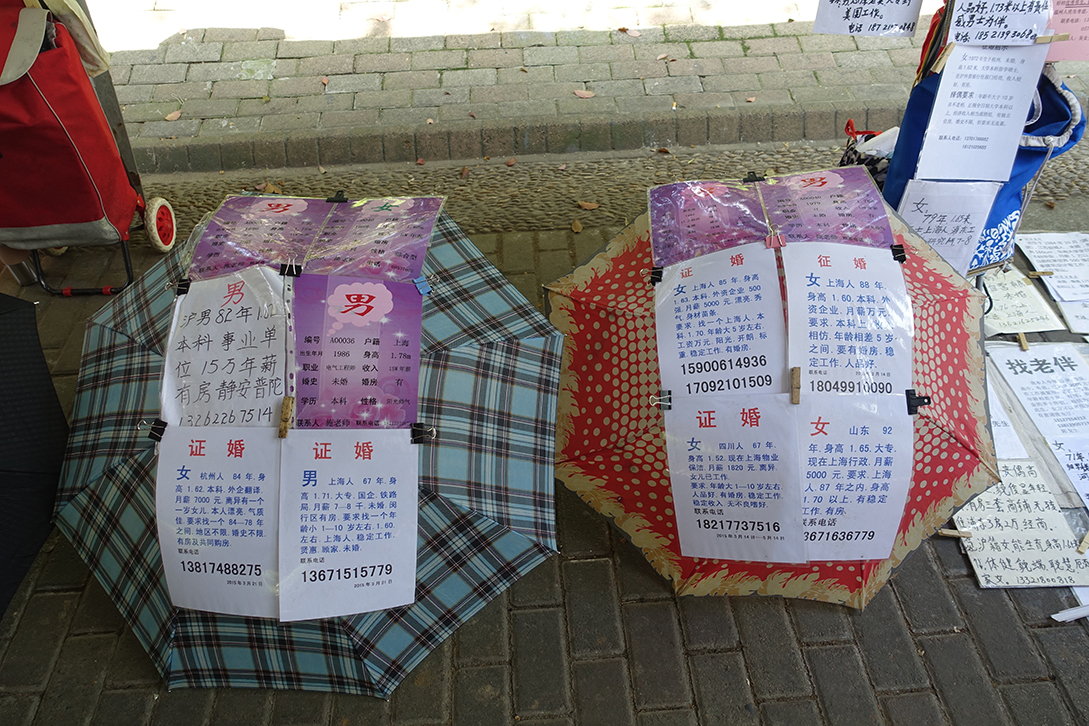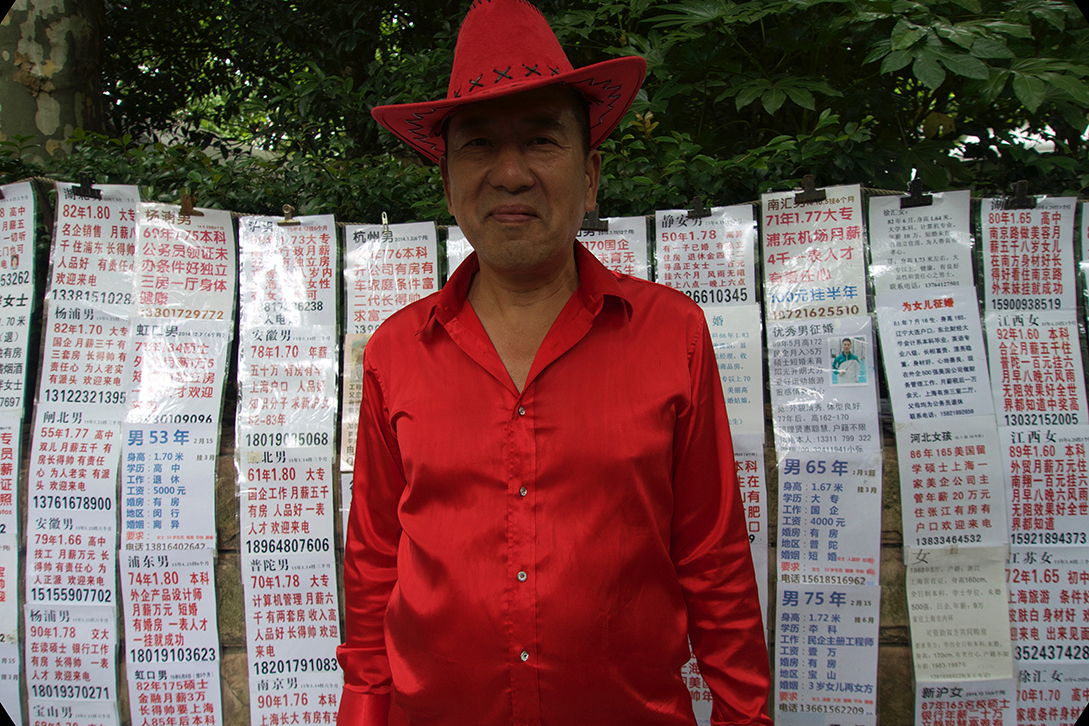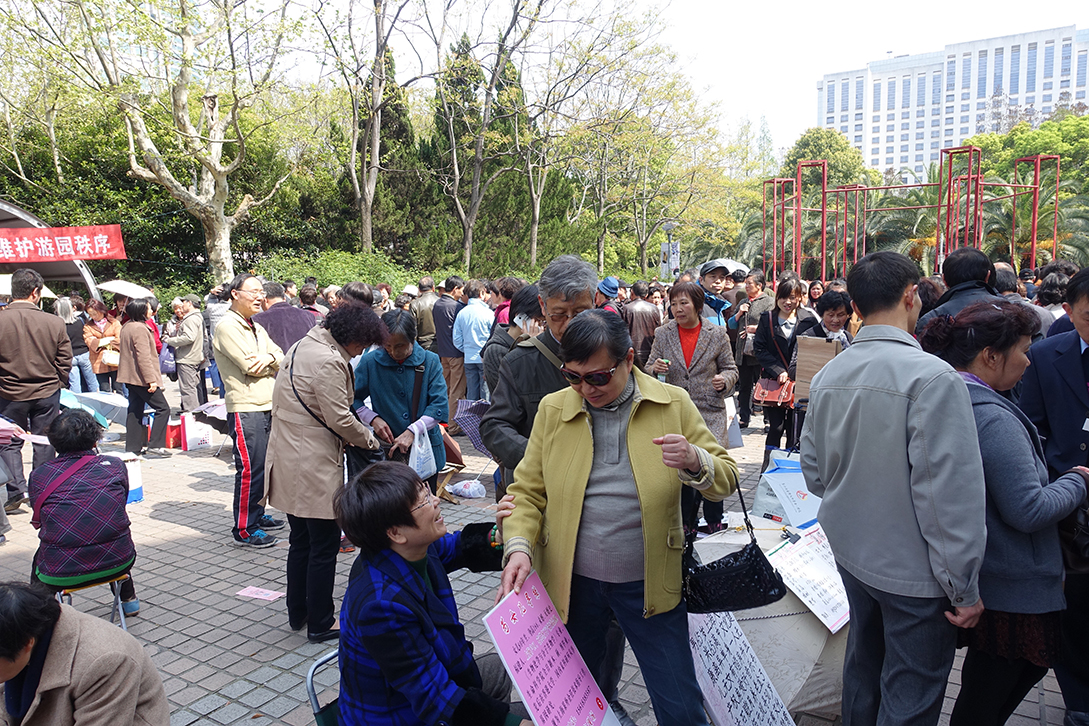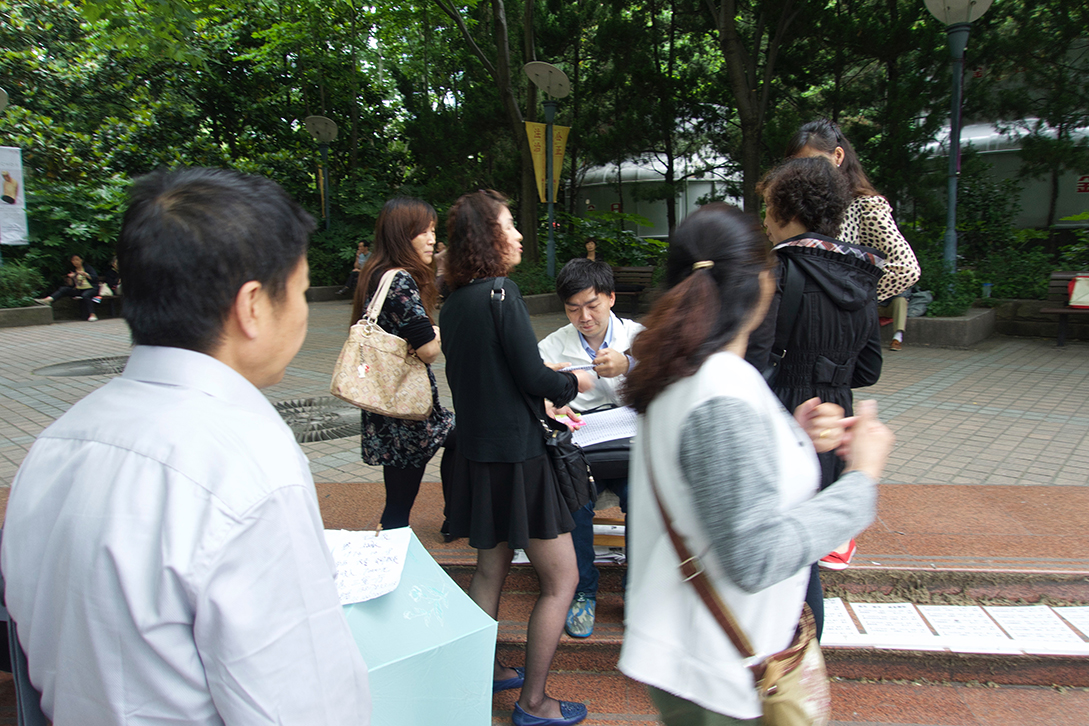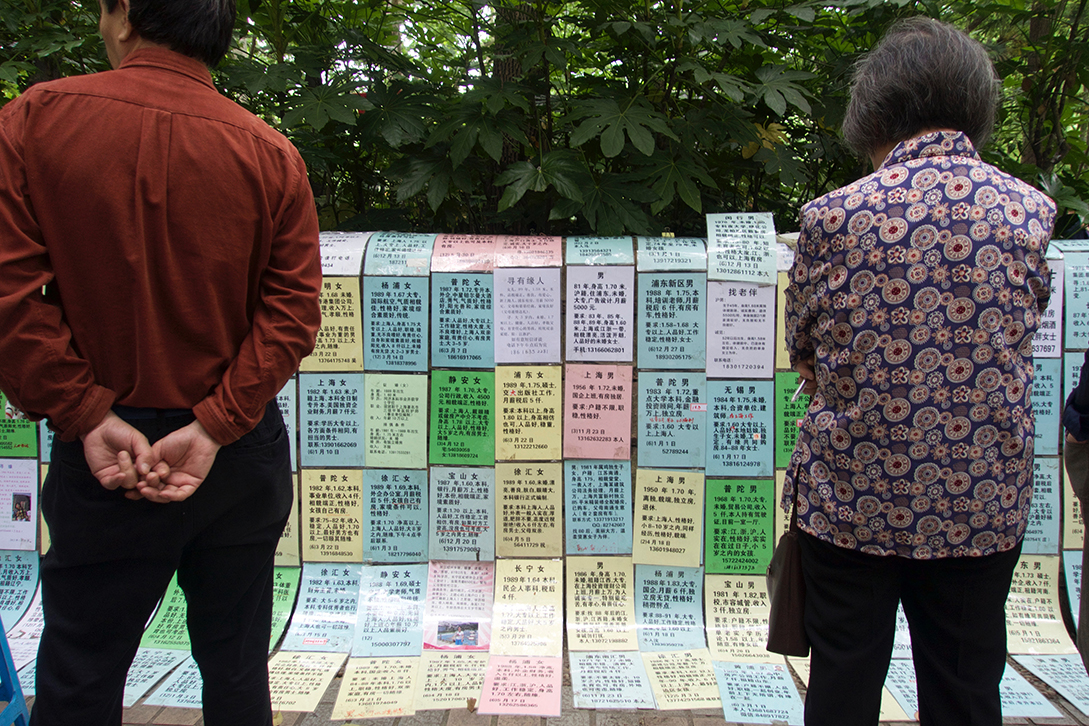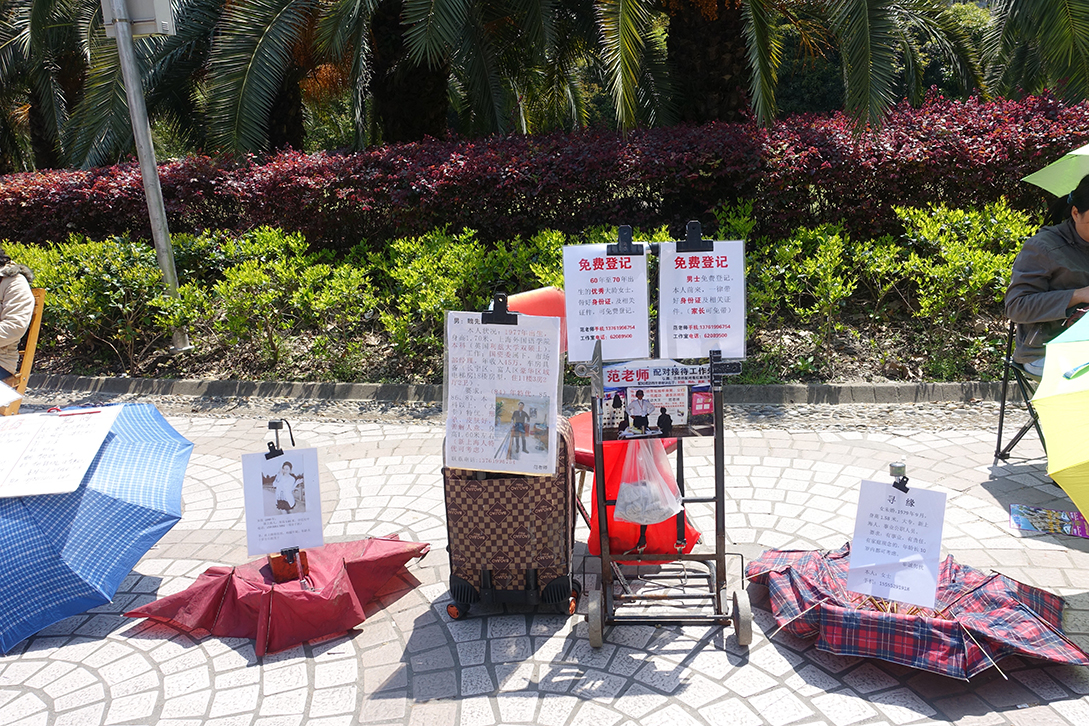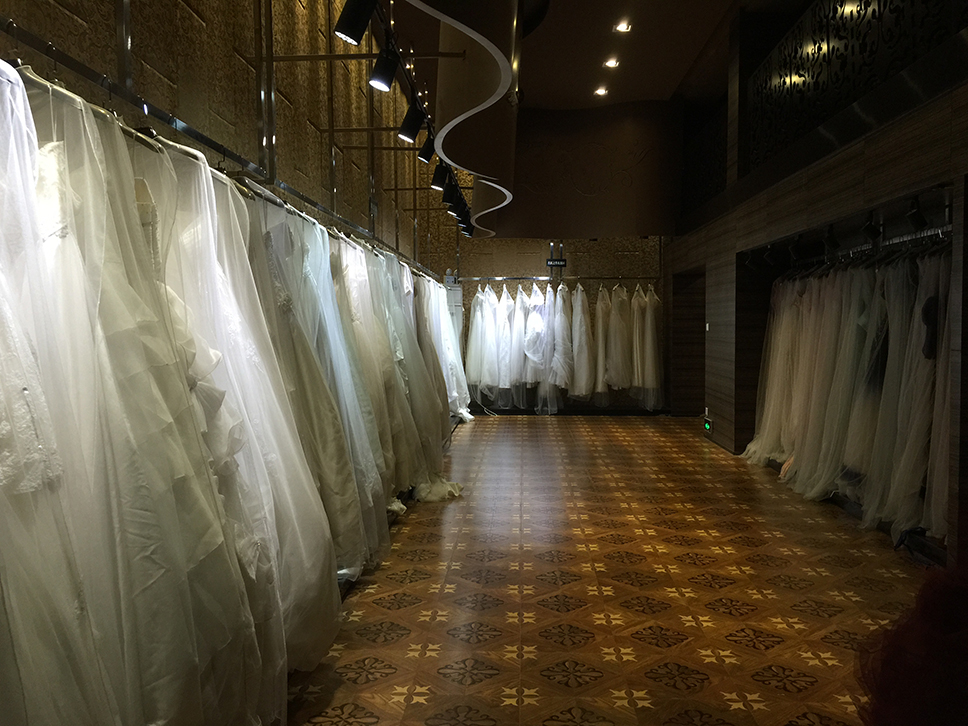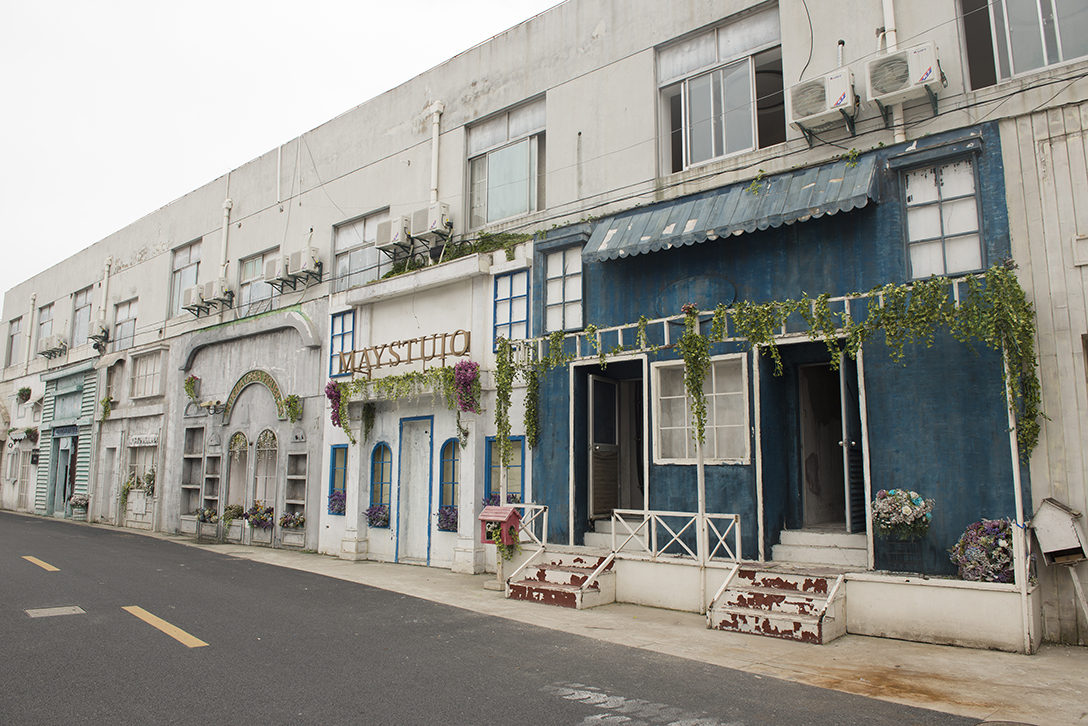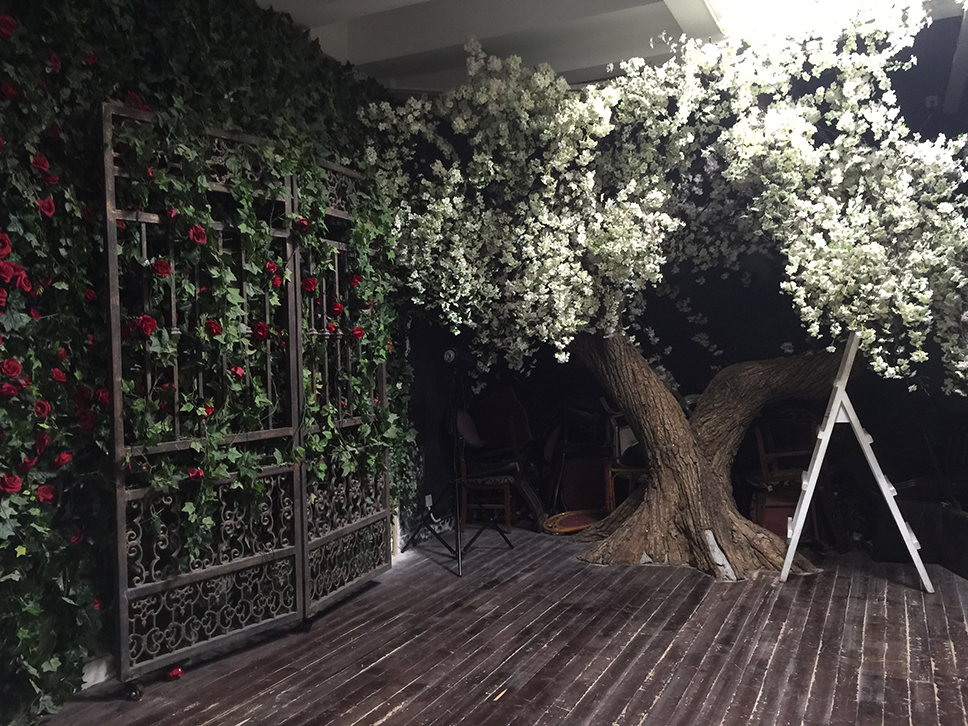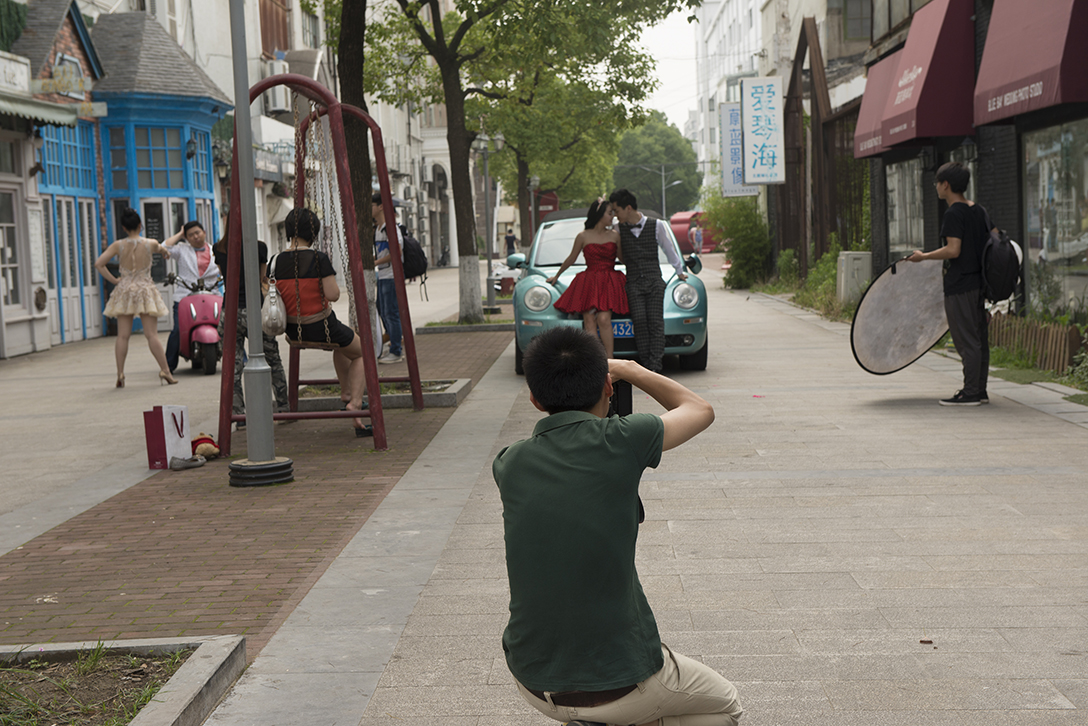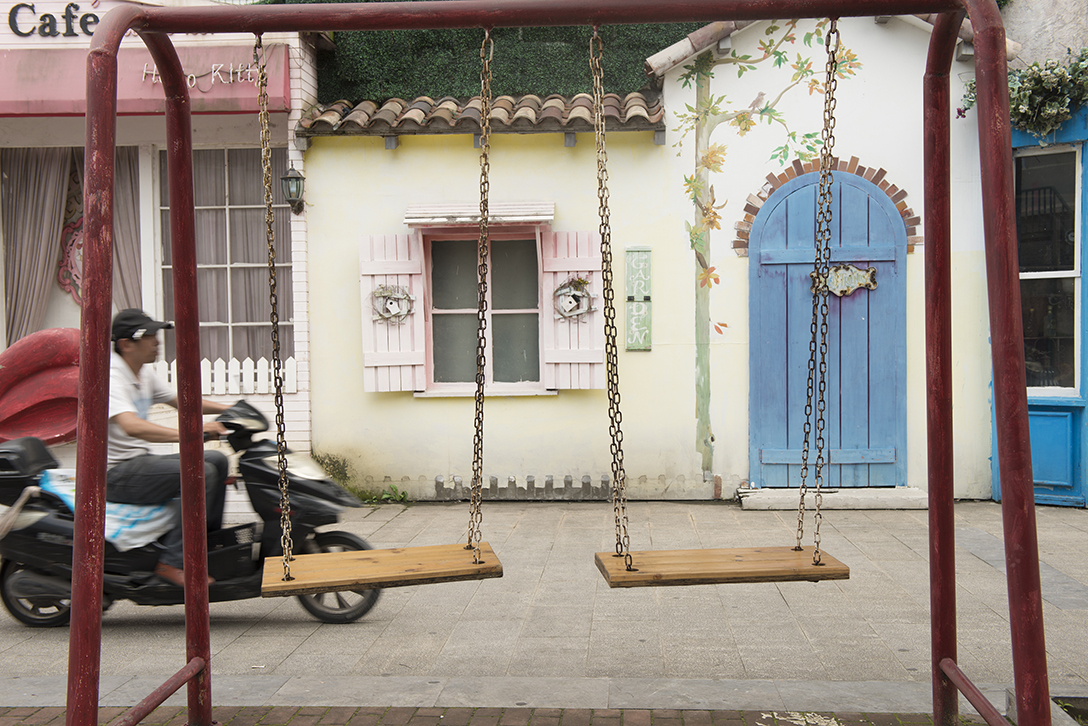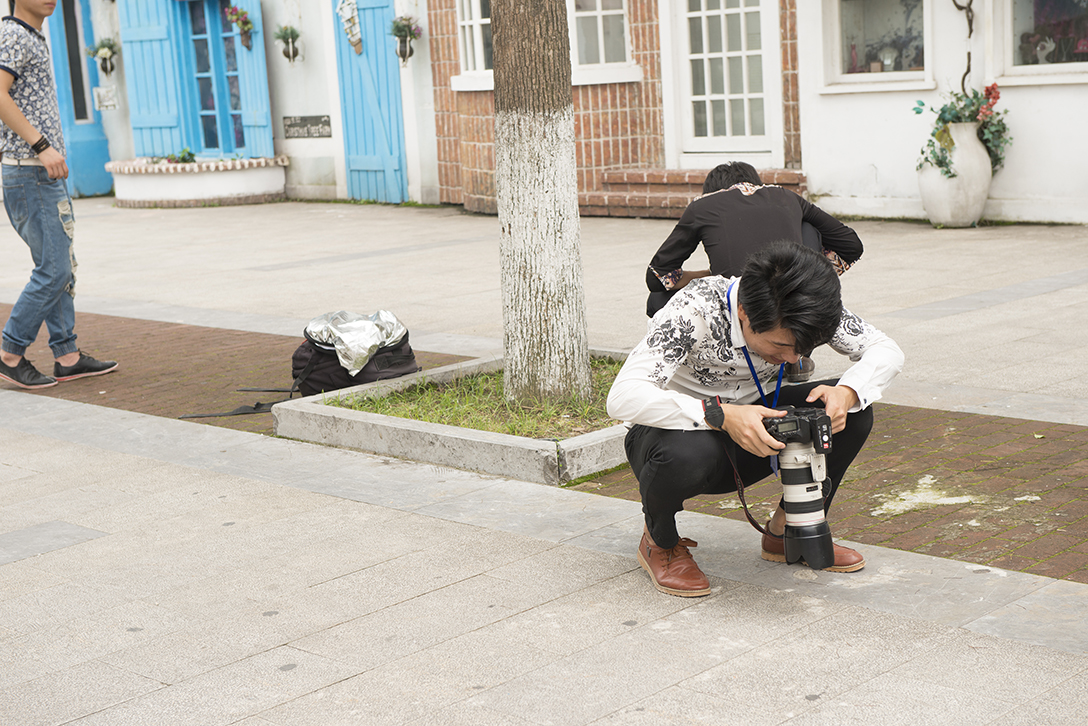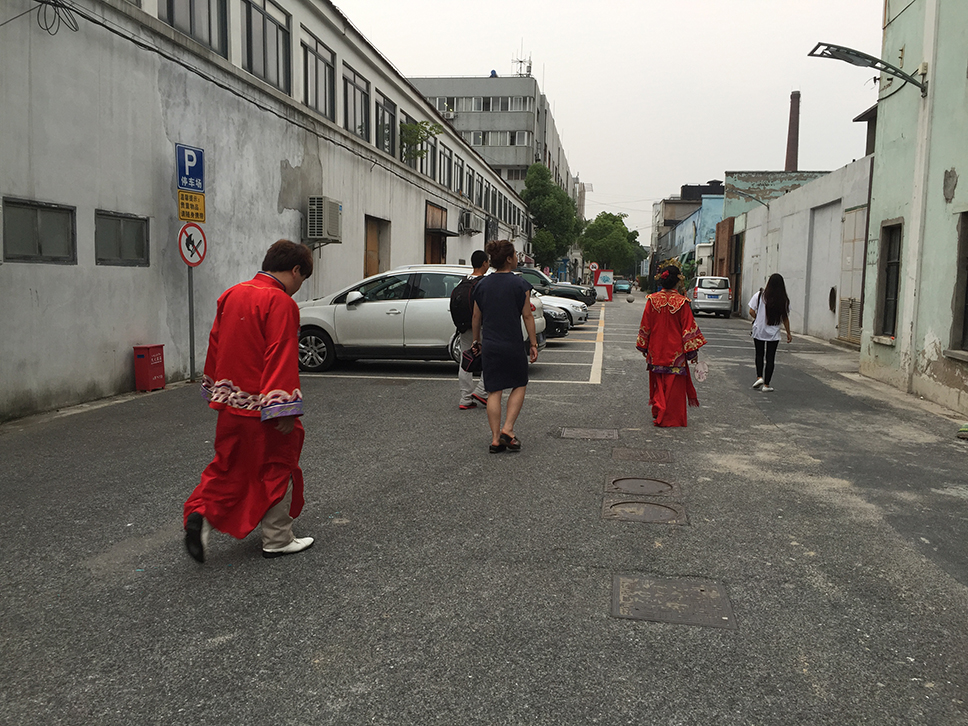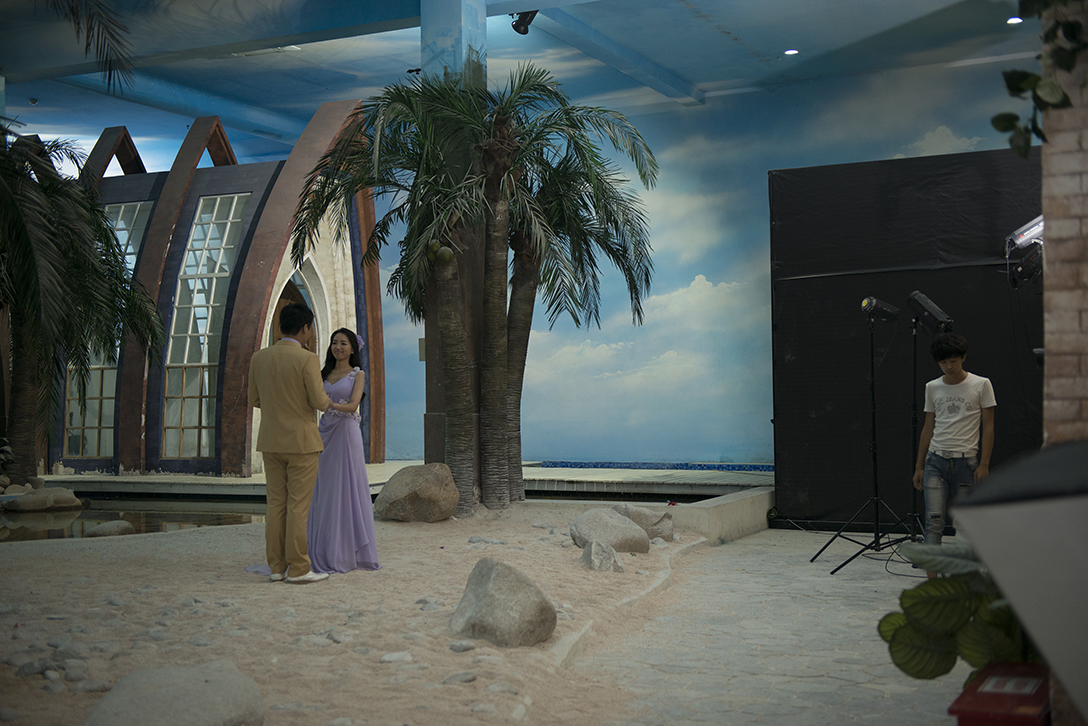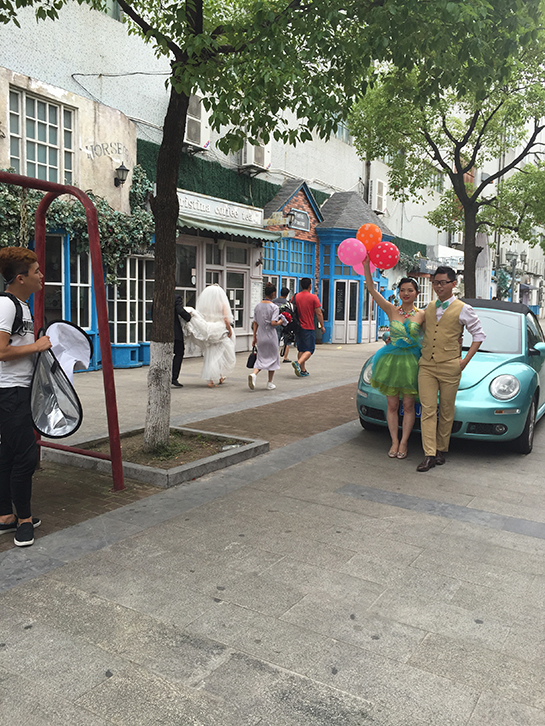PROJECT TITLE :
Private vs. Public:
Urban Romance
in Shanghai
Portraits Of Obama: Media, Fidelity, and the 44th President
Using Obama as a prism, this essay examines the culture of American mass media, examining the fidelity of news content amongst the ever-growing, ever-fragmenting, modern media landscape. It investigates the audience’s active engagement in the construction of their relationship to reality, the flawed nature of newsmakers and their perceptions of the world, and offers an alternative narrative approach to the construction of the self.
PROJECT SUMMARY :
In 2015 as an NYU Global Research Fellowship, I ventured to Shanghai, China. As a study in visual culture research, I set out to observe individuals in engagement with the public in China’s urban spaces. I was specifically interested in the liminal space between public and private relationships. After identifying several potential case studies I turned my attention to activities involving contemporary expressions of romantic engagement. The two photo essays below explore two sites where the boundaries of public and private are seemingly at odds.
PROJECT TYPE :
Orientation: Design researcher
Project type: Ethnography, Photo Essay
STUDY I: SHANGHAI’S MARRIAGE MARKET:
The first case study surveys the culture of Shanghai’s “Marriage Market”, a weekly gathering of parents, guardians, and these elder's representatives, in People’s Park, which sits in the middle of a major municipal and cultural hub in Shanghai’s center.
They congregate in a large section of the park with laminated cards profiling the single young members of their family that they wish to match with other eligible young adults. These profiles generally state everything but the person's name—age, height, education, profession, salary, marital status, etc.
The public presentation of such intimate information straddles the boundary between public and private from a western perspective. While doing so this practice gives insights into familial roles, responsibilities, and expectations. It also brings to mind potential challenges to these roles— from the intimate nature of the nuclear family to the macro perspective of China’s burgeoning post-communist culture and its rapid shift to urban life.
STUDY II: MIMESIS, UBIQUTIY, AND MEMORIES:
This second essay explores the business of wedding photography in an industrial "creative" park in Shanghai’s Yangpu District. The industrial park is a miniature production lot with faux props, monuments, and storefronts amidst buildings featuring swings, carousels, and indoor beaches. With the help of teams of photographers, lighting experts, and several stylists, newly engaged couples memorialize this moment of their lives within professional pictures.
My interest is in the automated-like production of memories and the mimetic nature of the uniforms, simulated locals and props, all cycled through hourly on the lot, and the resulting ubiquity of the memories produced. Most importantly—what are the couples' relationship to these memories as a private statement of affection and to the larger community of couples who’ve also simulated similar expressions of their love?
